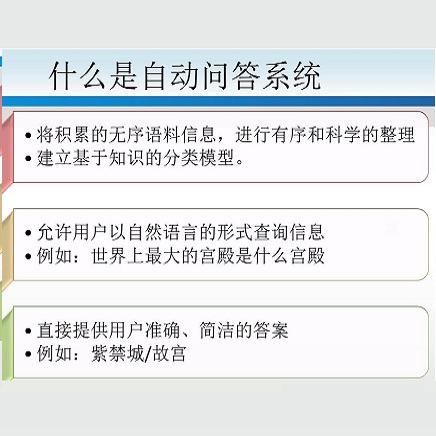This work demonstrates that using the objective with independence assumption for modelling the span probability $P(a_s,a_e) = P(a_s)P(a_e)$ of span starting at position $a_s$ and ending at position $a_e$ has adverse effects. Therefore we propose multiple approaches to modelling joint probability $P(a_s,a_e)$ directly. Among those, we propose a compound objective, composed from the joint probability while still keeping the objective with independence assumption as an auxiliary objective. We find that the compound objective is consistently superior or equal to other assumptions in exact match. Additionally, we identified common errors caused by the assumption of independence and manually checked the counterpart predictions, demonstrating the impact of the compound objective on the real examples. Our findings are supported via experiments with three extractive QA models (BIDAF, BERT, ALBERT) over six datasets and our code, individual results and manual analysis are available online.
翻译:这项工作表明,使用目标和独立假设来模拟以美元(a_s,a_e)=P(a_s)P(a_e)为基准的概率,从以美元为基数开始,到以美元为基数结束,具有不利影响。因此,我们提议采用多种办法直接模拟以美元(a_s,a_e)为基数的联合概率。其中,我们提议了一个复合目标,由共同概率构成,同时仍然以独立为基数为基数,作为辅助目标。我们发现,复合目标始终优于或等于其他假设。此外,我们查明了由独立假设引起的共同错误,并手工核对了对应预测,显示了复合目标对真实例子的影响。我们的调查结果通过三种采掘质量模型(BIDAF、BERT、ALBERT)的实验得到支持,六个数据集和我们的代码、个人结果和人工分析都在线提供。




